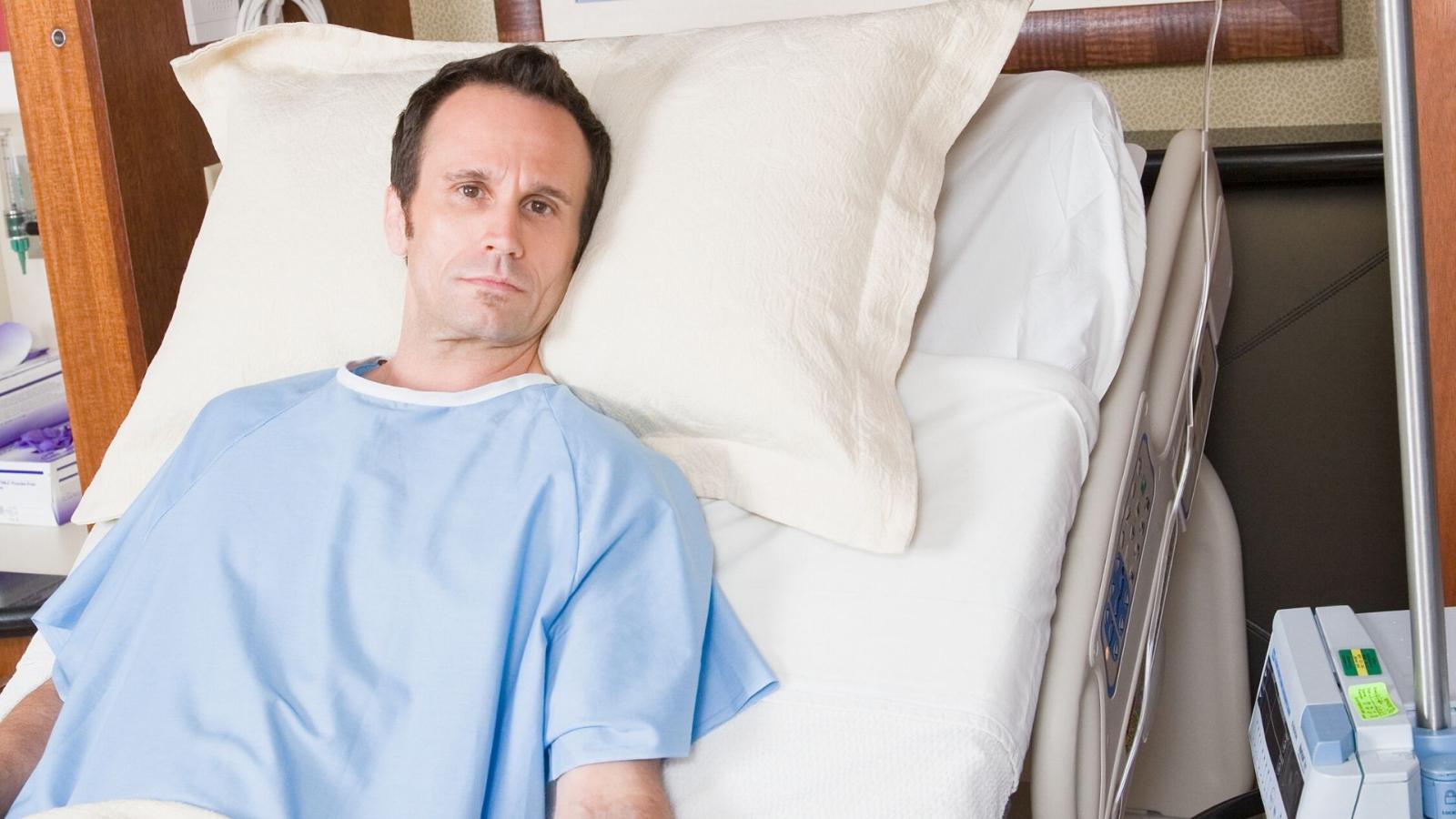Stem cell transplant for MDS

On this page:
A stem cell transplant offers the chance of curing MDS. It is also often known as a bone marrow transplant. There are two different types of transplant, depending on who donates the bone marrow or stem cells. In an allogeneic transplant, the stem cells are taken from a donor. Another name for this transplant is an allograft. In an autologous transplant, you are the donor. Your own stem cells are used in the transplant. This is called an autograft but it is rarely useful in MDS.
Allogeneic transplant
In an allogeneic transplant, healthy bone marrow or stem cells are taken from another person whose tissue DNA is the same or almost the same as yours. This means the donor is compatible with you. The donor can be your brother or sister, or even a person not related to you.
Your brothers and sisters will have a blood test done to find out if they are a match with you. This usually happens in the same hospital that you are being treated in. If any of your siblings live abroad, your doctor will contact their local hospital to arrange for this test to be done. The results usually take a few weeks. If a sibling match has not been found, there is a registry of unrelated donors that can be examined to see if there is a match. Your doctor will contact a transplant coordinator to arrange this. The donor marrow or stem cells can be frozen and stored until you need them or, more often, they are given fresh. Your own bone marrow is first destroyed with high doses of chemotherapy with or without radiotherapy. The healthy marrow or stem cells from the donor are then given to you through a central line (drip). The cells then grow over a few weeks to replace your bone marrow that was destroyed.
Who is suitable for stem cell transplants?
In the past, only younger patients were offered stem cell treatment. But now as medical knowledge has increased, more patients can be considered for transplant. By reducing the intensity of the treatment before the stem cell transplant, the side-effects are less. This approach is called a reduced-intensity conditioning (RIC) transplant.
Just over one-third of patients with MDS who receive this treatment may be free from the disease over many years. The disease may come back (relapse) in some cases. The treatment has many severe side-effects and some patients can become seriously ill from it.
For more information
Phone
1800 200 700

